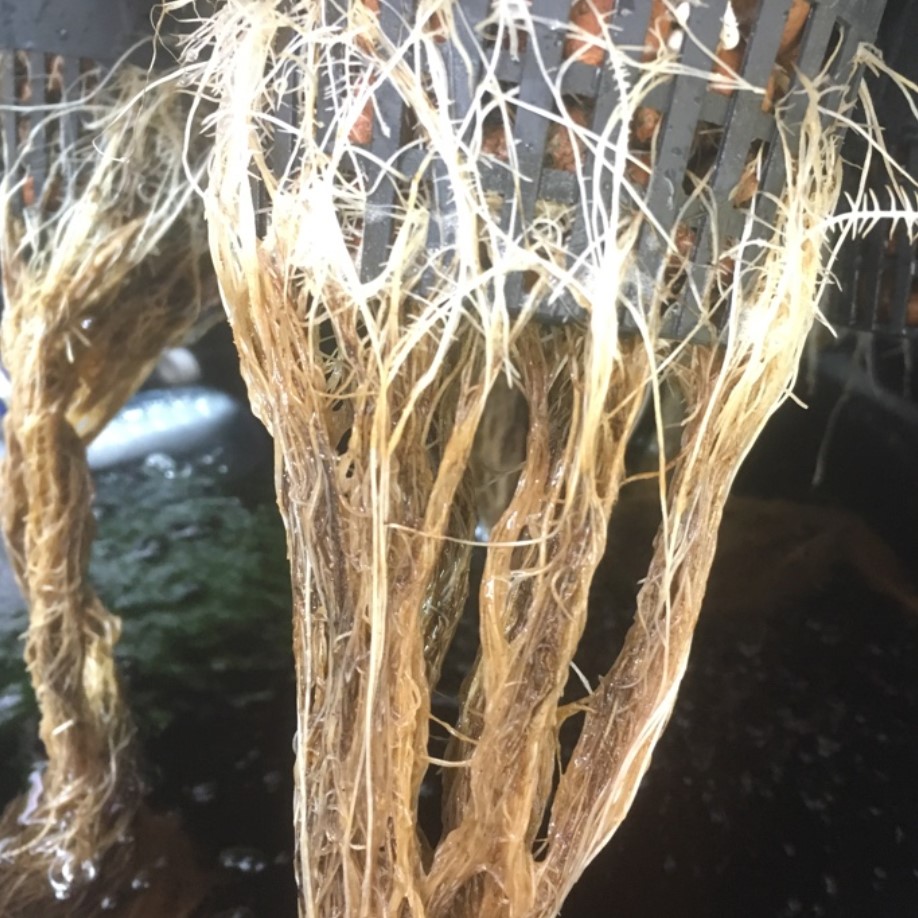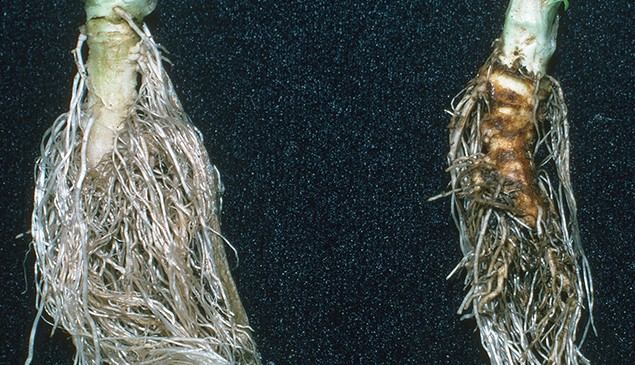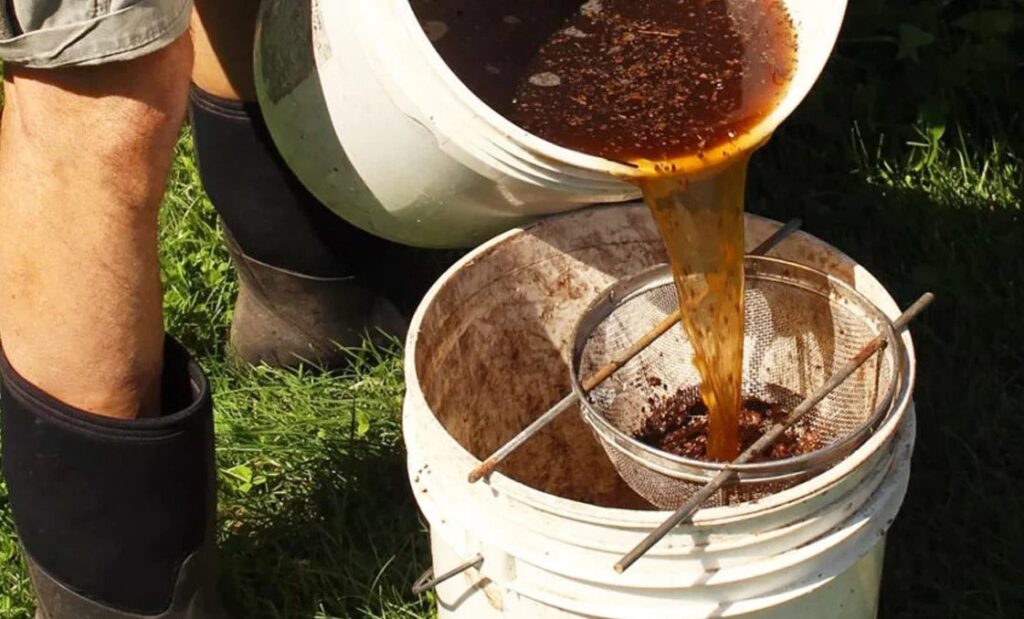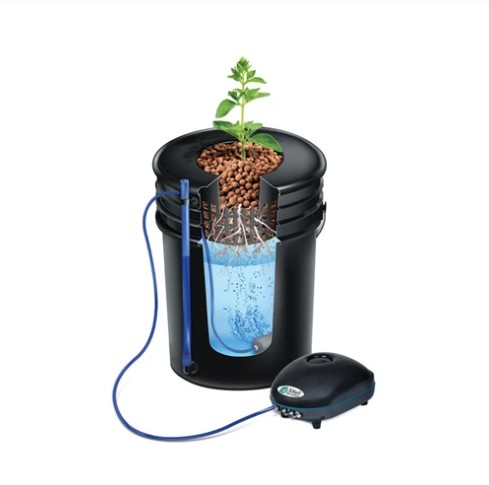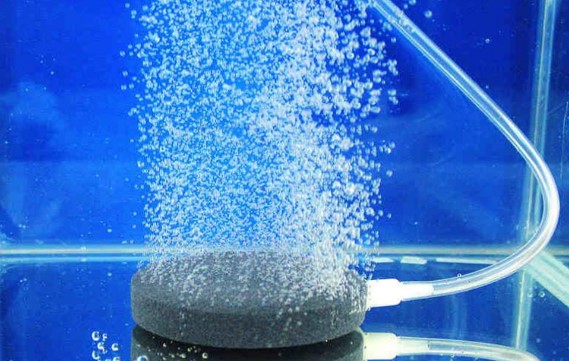Cannabis plants face numerous challenges when it comes to maintaining their health and vitality. One of the most damaging threats they encounter is Pythium, a group of microbial pathogens that cause root rot. Pythium species can overrun the roots, leading to cell damage and eventually root and crown rot. In this comprehensive guide, we will explore everything you need to know about Pythium, including how to prevent its occurrence and treat it effectively in your cannabis grow-op.
Table of Contents
Understanding Root Rot (Pythium)
Treating Root Rot (Pythium) in Soil and Hydroponics
Will Root Rot Go Away on Its Own?
Understanding Root Rot (Pythium)
Pythium is a genus of parasitic Oomycetes, which are organisms that resemble fungi but differ in their genetic components and cell wall composition. These pathogens exist in the soil as mycelial networks and produce two types of spores: zoospores and oospores. Zoospores are attracted to the sugary exudates released by plant roots and attach themselves to the root tips. From there, they release hyphae that penetrate the root cells, causing damage to the root cortex and disrupting the uptake of water and nutrients.
Causes of Pythium Infection
Pythium infections occur when environmental conditions favor the growth and spread of these pathogens. Overwatering is a common cause, as it creates an ideal anaerobic environment for Pythium to thrive. Saturated soil allows zoospores to move easily and trace the exudates to plant roots. Lack of oxygen in the root zone can suffocate the roots, making them more susceptible to Pythium infection. Other factors that weaken plants, such as pest infestations or physical damage, can also increase the chances of Pythium infection.
Symptoms of Root Rot (Pythium)
Identifying the symptoms of Pythium infection is crucial for early detection and effective treatment. Here are some key signs to look out for:
- Discolored Roots: Infected roots appear darker in color, ranging from beige to yellow or brown, instead of the usual white.
- Soft and Mushy Texture: Root rot caused by Pythium leads to a soft, mushy, and sticky texture in the affected roots.
- Unpleasant Odor: Pythium infections often occur in anaerobic conditions, resulting in a foul smell emanating from the rotting roots and growing medium.
- Damping Off: Young seedlings affected by Pythium may rapidly lose vitality and collapse shortly after emerging from the soil.
- Stunted Growth: Established plants may exhibit slow growth rates and fail to reach their full potential.
- Crown Rot: Pythium can cause browning at the top of the roots and the lower portion of the main stem, infecting cells higher up the plant.
- Chlorosis: Due to compromised nutrient uptake, fan leaves may start turning yellow.
Can Root Rot – Pythium Infection Be Reversed?
Unfortunately, there is currently no cure for Pythium root rot. Once a plant is infected, it is necessary to remove and destroy the affected specimens to prevent the spread of the pathogen. However, it is still important to investigate further and secure a diagnosis to prevent future infections. By identifying resistant plants and implementing preventive measures, such as isolating plants and using resistant genetics, you can minimize the risk of Pythium infection in your grow-op.
Treating Root Rot (Pythium) in Soil and Hydroponics
While you cannot treat infected plants, you can take steps to treat the growing medium and prevent further spread of Pythium. Here are some strategies you can employ:
Remove Infected Plants:
Immediate removal of infected plants is crucial to prevent the spread of Pythium pathogens within the growing area. Infected plants should be carefully uprooted and disposed of by burning or other appropriate methods to eliminate the source of infection and reduce the risk of further contamination.
Compost Tea:
Compost tea offers a natural and organic solution for inhibiting the growth of Pythium species in soil-based cultivation. Brewing a strong batch of compost tea introduces beneficial microbes into the soil, which compete with and suppress the growth of Pythium pathogens. Regular application of compost tea, particularly during spring and fall, helps rebalance the soil microbiome and promote a healthier growing environment for cannabis plants. (compost tea recipe link)
Chemical Options:
For growers preferring chemical interventions, various fungicides are available to effectively treat Pythium root rot in cannabis plants. Consultation with a professional or reference to specialized products formulated specifically for combating root rot in cannabis is recommended to ensure safe and effective application. Careful attention should be paid to proper dosage, application timing, and any potential risks to plant health and environmental impact.
Cleaning Hydroponic Systems from Root Rot:
Cleaning a hydroponic system of Pythium involves thorough disinfection to eliminate any traces of the pathogen and prevent its recurrence. Here’s a step-by-step guide:
- Remove Infected Plants: Remove any plants showing signs of Pythium(root rot) infection from the hydroponic system immediately to prevent further spread.
- Empty the Reservoir: Drain the nutrient solution from the reservoir completely. Dispose of the solution safely, as it may contain Pythium spores.
- Disassemble the System: Disassemble the hydroponic system, including grow trays, tubing, pumps, and any other components. This allows for easier access to all parts for cleaning.
- Scrub Components: Thoroughly scrub all components of the hydroponic system with a solution of warm water and mild detergent. Use a brush or sponge to remove any organic matter and biofilm, which can harbor Pythium spores.
- Rinse with Clean Water: Rinse all components with clean water to remove any soap residue.
- Disinfection: Treat all surfaces and components with a disinfectant solution to kill any remaining Pythium spores. Common disinfectants used in hydroponic systems include hydrogen peroxide (H2O2), or chlorine bleach.
- Hydrogen Peroxide: Prepare a solution of 3% hydrogen peroxide and water (1 part hydrogen peroxide to 4 parts water). Thoroughly soak all surfaces and components in the solution for at least 30 minutes.
- Chlorine Bleach: Dilute household bleach with water at a ratio of 1 part bleach to 9 parts water. Soak all components in the bleach solution for 15-20 minutes, then rinse thoroughly with clean water.
- Replace Consumable Parts: Replace any components that cannot be effectively cleaned or disinfected, such as air stones, grow media, or tubing.
- Reassemble the System: Once all components are cleaned and disinfected, reassemble the hydroponic system carefully, ensuring that all connections are secure.
- Refill with Fresh Nutrient Solution: Fill the reservoir with fresh nutrient solution, following the manufacturer’s recommendations for mixing and pH adjustment.
General Hygiene:
Maintaining good hygiene practices is fundamental to preventing the introduction and spread of Pythium in cannabis cultivation. Regular cleaning and disinfection of equipment, tools, and growing containers minimize the risk of contamination. Avoiding the use of contaminated soil or water sources and practicing strict hygiene protocols, such as changing clothes before entering the growing area, further reduces the likelihood of Pythium transmission.
Preventing Root Rot
Prevention is key when it comes to Pythium infection. By implementing the following measures, you can significantly reduce the chances of Pythium taking hold in your cannabis plants:
- Symbiotic Fungi: Apply species of arbuscular mycorrhizal fungi to establish a symbiotic relationship with cannabis roots. These fungi help obtain nutrients and water for plants while defending against certain Pythium species.
- Trichoderma: Use Trichoderma, a genus of soil fungi, as a preventive measure against Pythium. Apply Trichoderma to seeds and as a soil amendment to reduce the risk of infection.
- Proper Watering: Avoid overwatering and maintain a proper wet-dry cycle in the growing medium to prevent anaerobic conditions that favor Pythium growth. Wait until the top inch of the soil becomes dry before watering again.
- Optimal Dissolved Oxygen (Hydroponics): Hydroponic systems should maintain adequate dissolved oxygen levels to reduce the risk of root rot. Techniques such as fluming and using air stones can help increase dissolved oxygen content.
- General Hygiene: Practice good hygiene to prevent the introduction and spread of Pythium. Clean and disinfect equipment, change clothes, and avoid cross-contamination between indoor and outdoor growing spaces.
- Soil Restructuring: Improve soil drainage and aeration by adding organic matter, high-quality compost, perlite, and small amounts of sand to create an optimal growing medium.
Will Root Rot Go Away on Its Own?
Pythium infection will not go away on its own. It is essential to take an active approach to eradicate Pythium and prevent future infections. Hydroponic growers have the advantage of being able to clean and disinfect their systems easily. For outdoor growers, the process requires more time and patience. Following the steps below can help remediate the soil over time:
- Burn Infected Plant Material: Remove and burn all infected plant material. Avoid planting in the affected spot for at least a couple of seasons to prevent reinfection.
- Improve Soil Aeration: Dig organic matter, sand, and perlite into the soil to improve drainage and aeration.
- Apply Compost Tea: Apply aerated and non-aerated compost tea liberally to the affected area during spring and fall to rebalance the soil microbiome.
- Introduce Beneficial Microbes: After 1-2 seasons, apply Trichoderma and arbuscular mycorrhizal spores to seedlings before transplanting them into the affected area.
Dealing with Pythium infection can be challenging, but it provides an opportunity to deepen your understanding of soil biology and become a more knowledgeable and prepared cannabis grower.
Conclusion
Pythium root rot poses a significant threat to cannabis plants, causing damage to the roots and compromising their overall health. By understanding the causes, symptoms, and preventive measures, you can minimize the risk of Pythium infection in your cannabis grow-op. Although there is no cure for Pythium root rot, early detection, proper treatment of the growing medium, and good hygiene practices can help prevent its spread. With careful attention to environmental conditions and the implementation of preventive strategies, you can ensure the health and vitality of your cannabis plants.

